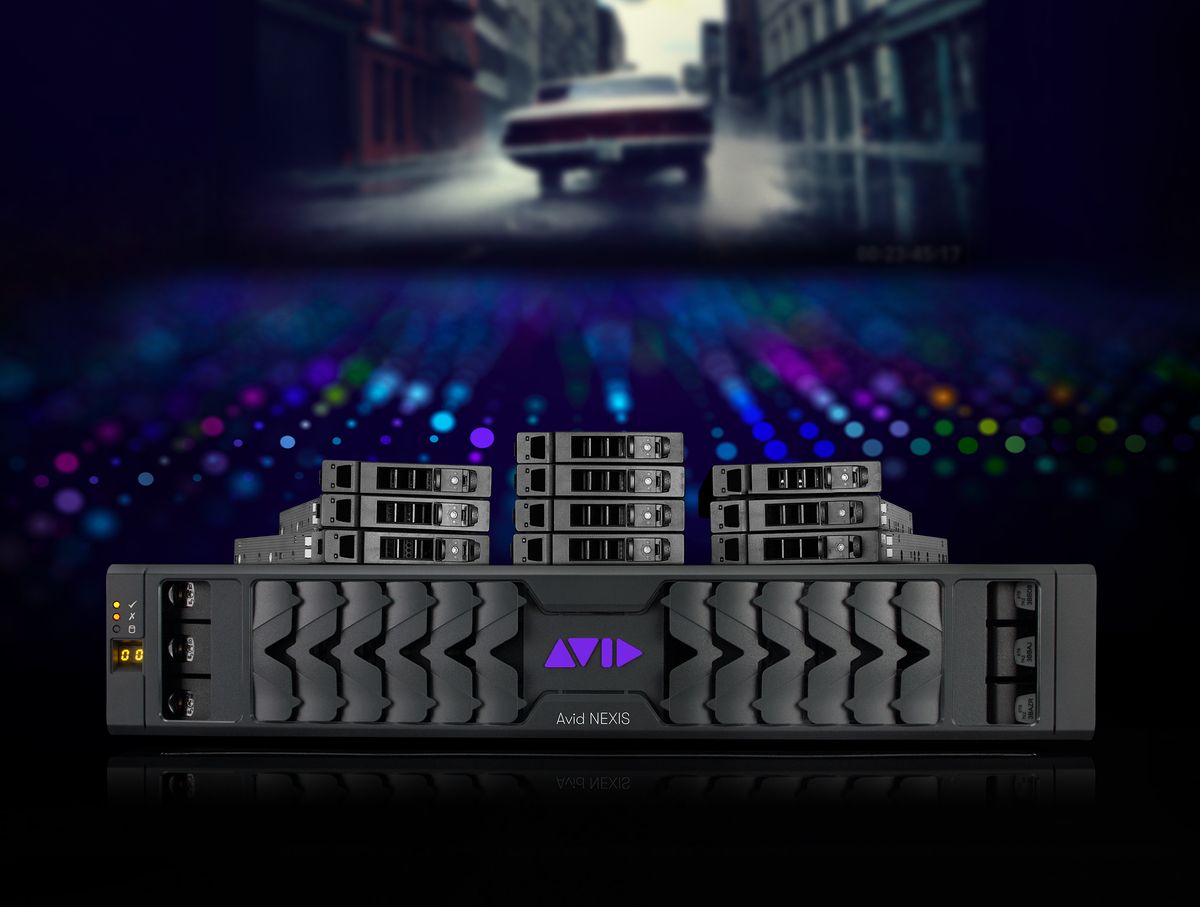
Image: SonyOn the one hand, selecting a tv set is an easy job: Get the most costly one you possibly can afford from a model you want. On the different hand, there are such a lot of varieties of display expertise and related labels and acronyms that you just’d be forgiven for feeling totally overwhelmed by all of it. Here’s your (comparatively) easy information to the TV tech you’ll be coming throughout in 2021.As has been the case for a very long time, studying up on critiques and even checking TV units out in particular person is the greatest approach of selecting a brand new mannequin for your self—higher than attempting to evaluate one spec in opposition to one other on a product itemizing, anyway. That stated, it may positively assist to learn about some of the expertise and jargon that producers are going to be pushing your approach.The FundamentalsImage: PanasonicThe key specs of a TV stay the similar as ever: There’s the measurement of the display, which is how large the tv shall be while you get it dwelling, and there’s the decision, which is what number of pixels are packed into the display and the way sharp it’s going to be. 4K is now the norm, with extra 8K televisions this 12 months (although the TVs stay prohibitively costly on the entire).Then you’ve acquired the two basically alternative ways of placing a picture on a TV display, which you’ll see talked about with smartphone screens too. There’s the superior however dearer OLED (Organic Light-Emitting Diode), the place every pixel of mild is illuminated independently, up in opposition to the cheaper and nonetheless excellent LCD (Liquid Crystal Display), which makes use of a backlight layer.G/O Media could get a commissionLCD has improved in recent times by the use of LEDs (Light-Emitting Diodes) in varied configurations, enabling them to get nearer to the sharp distinction and deep colours of OLED. LCD TVs are actually typically known as LCD LED TVs, and even simply LED TVs, which doesn’t make buying selections very simple for shoppers. These principal two classes are actually getting chopped into completely different subgroups as nicely, as producers refine their tech and the variations between expertise varieties get extra fuzzy.Don’t overlook HDR, or High Dynamic Range, the means of screens to steadiness colours in order that the darkest and lightest spots are nonetheless full of element. There are differing types to take into consideration right here—HDR10, HDR10+, Dolby Vision, and others—however you can also make your procuring life simpler by discovering out what requirements your favourite content material suppliers and set-top bins supply and selecting a TV to match.Mini-LED and MIcro-LEDImage: SamsungAs talked about above, TV tech is getting break up up into increasingly more subcategories and variations on a theme, with producers typically following their very own routes—making it harder to put model in opposition to model (as we’ve stated, evaluating units in a retailer stays one of the greatest methods to select one). With that in thoughts, we’ve the emergence of Mini-LED and Micro-LED, variations on LED (itself an evolution of LCD).The downside with LCDs utilizing LED backlights is that it doesn’t give a lot pixel-by-pixel illumination management. That means you might be extra probably to see halos of mild round brilliant factors on darkish backgrounds. To sort out this, producers started splitting the backlights into smaller zones, managed individually, in order that some components of a display may very well be a deeper black (or a brighter white) with out affecting the relaxation of the show.Mini-LED and the even smaller Micro-LED are additional upgrades on this concept, making the measurement of the particular person LEDs smaller and smaller, and thus enabling extra management over the image. You’ll see each in use on TV units in 2021, relying on the producer, although for now Micro-LED stays a lot much less widespread and far more costly (Samsung’s upcoming 110-inch mannequin will price a bit of over $150,000, if you’d like to make investments).In principle, Micro-LED provides the advantages of LCD and OLED in a brand new package deal, and producers ought to give you the option to get the expertise extra inexpensive and extra sensible over time; for the time being we’re all going to be shopping for units constructed on the cheaper options. This being the TV enterprise, Micro-LED is being developed in another way by completely different firms below completely different names: Sony calls it Crystal LED.Add in Some Quantum DotsImage: LGIf you noticed a lot of CES 2021, you’d’ve seen producers exhibiting off their very own enhancements on Mini-LED—LG QNED and Samsung QLED, for instance, with the Q standing for ‘quantum dot’. Ultimately these are variations on the similar LCD LED template we’ve seen earlier than, however there’s an additional layer of these quantum dots that may additional refine and course of the colours proven on display and the total distinction of the picture.It’s the similar sample we’ve seen in TV tech throughout the years—a sensible tweak to an present expertise to deal with some of its limitations, given a brand new title. One of the large benefits of QLED and QNED units is the improved brightness, which is even succesful of surpassing OLED in some instances (brightness and longevity are the potential drawbacks of OLED, although producers are making enhancements in that subject too).Samsung has been creating QLED for some time, with the newest incarnation being Neo QLED. As with many rebrandings like this, Neo simply means new and improved: It refers to (quantum dot) LEDs which can be smaller, extra exact, much less leaky in phrases of mild, and extra responsive. The expertise may also be higher managed by the TV’s on-board software program. In the finish, it’s all about a greater and higher image.LG QNED, in the meantime, is the relative newcomer to the scene, although it incorporates a longtime LG tech known as NanoCell. The N really refers to nano: LG’s QNED units cram in as many as 30,000 LEDs to act as a backlight, so you possibly can see how far we’ve come from the unique LCD TVs that used one backlight for the total set. If you’re evaluating TV units with these varieties of enhanced Mini-LED expertise, search for the quantity of LEDs which can be talked about, in addition to the quantity of native dimming zones, if these particulars are listed.Yet More TV TechImage: TCLIf you end up confused by any TV spec you come throughout, a fast seek for the official producer web page ought to provide you with some concept of what it’s, amidst all the hyperbole. As we talked about at the begin, specs isn’t nearly as good as seeing a TV for your self or studying a radical evaluate, however you possibly can not less than get an concept of what it’s that producers try to do, and why one set may cost a little greater than one other.Televisions have processors—should you hadn’t observed. Faster, extra superior, dearer processors assist TVs to handle all these tens of millions of pixels higher—altering colours extra shortly, deciphering brightness and distinction extra realistically and upscaling all of your outdated content material to 4K and 8K in a approach that doesn’t look horrible (with a bit of AI assist).Sony, for instance, simply unveiled what it calls “cognitive processing” for its 2021 TVs: It makes use of particular algorithms to work out the place your eyes are probably to be wanting (actors’ faces are often a superb guess) after which enhances these components of the image. These are the types of little tweaks and enhancements that producers like to add 12 months on 12 months, although you may not essentially miss them on units that go with out.Those are the principal concerns lined, although there’s a lot extra to weigh up as extras—avid gamers will need to learn about refresh price and latency, whereas the on-board software program and audio format assist will be necessary too. It’s a good suggestion to take into account the type of content material you need to push to your TV whilst you’re selecting one, and ensure the obligatory options (from ATSC 3.0 to HDMI 2.1) are going to be supported.




